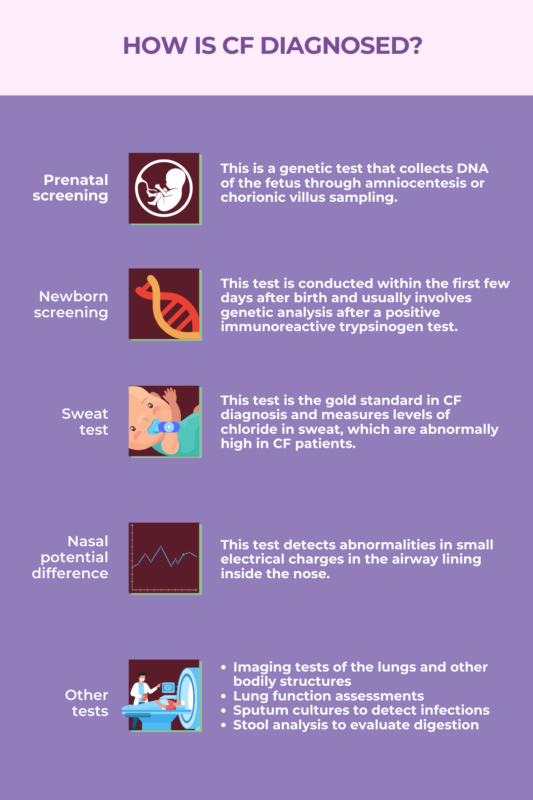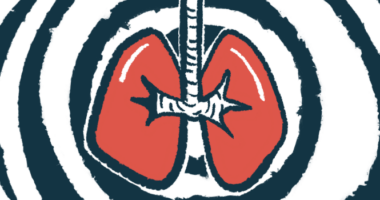
FAQs about cystic fibrosis diagnosis
In the U.S., all newborns are screened for cystic fibrosis (CF) within the first few days after birth. Newborn screening for CF also has been implemented in many other countries around the world, but it is not available in every place.
It is possible to diagnose cystic fibrosis (CF) at any age. In the U.S. and many other countries, newborn screening programs for CF have been implemented, so most people with the disorder nowadays are diagnosed as infants.
In the U.S., the initial test used to screen newborns for cystic fibrosis (CF) is the immunoreactive trypsinogen (IRT) test. Having a positive result in genetic screening means there’s a 99% chance of being a CF carrier; however, false positives are common — nearly 9 in 10 babies who have a positive newborn screening are found to not actually have CF when testing is done to confirm the initial results. It also is possible to have a false negative result from CF newborn screening.
The mutations that cause cystic fibrosis (CF) are present from the moment that a fetus is conceived. It is possible to test the DNA from a developing fetus to look for CF-causing mutations and determine whether the child may have CF.
The sweat test for cystic fibrosis (CF), which measures the amount of chloride in a person’s sweat, is the gold standard for diagnosing the condition. Chloride is a salt (the “chloride” in “sodium chloride” or table salt), and CF is caused by CFTR gene mutations that affect how chloride moves in and out of cells. As a result, people with cystic fibrosis have abnormally high chloride levels in their sweat.
 Fact-checked by
Fact-checked by 





